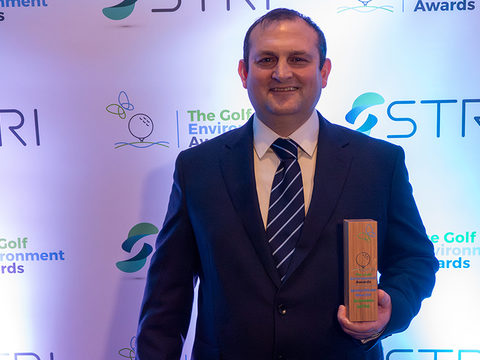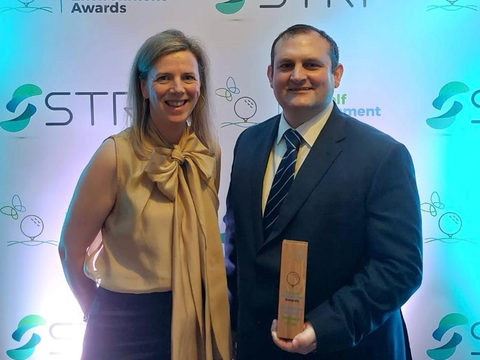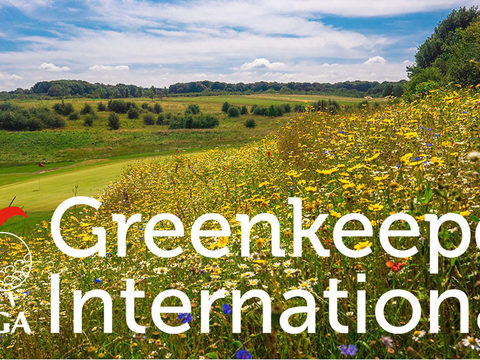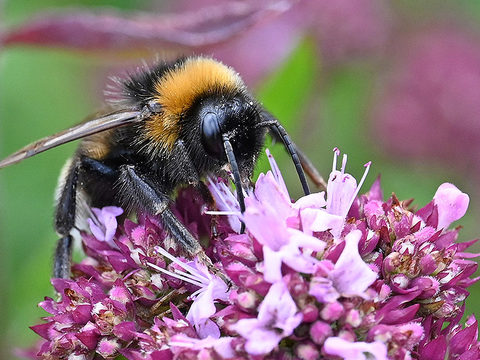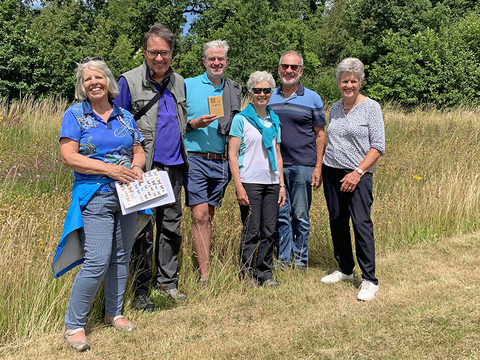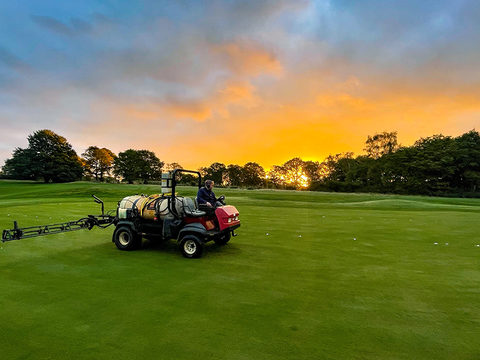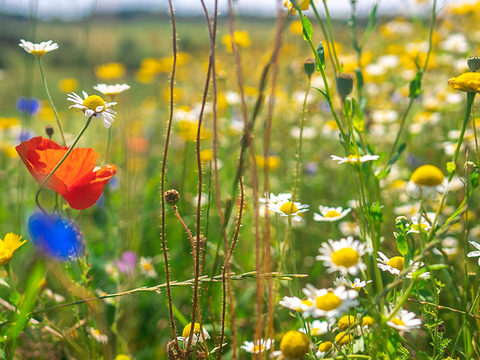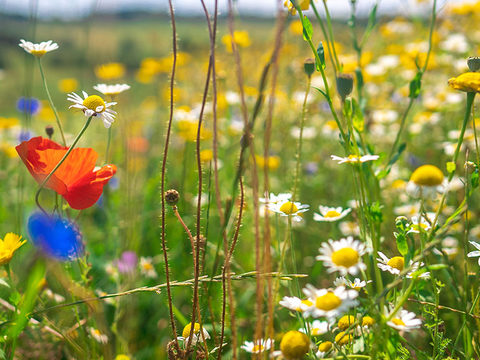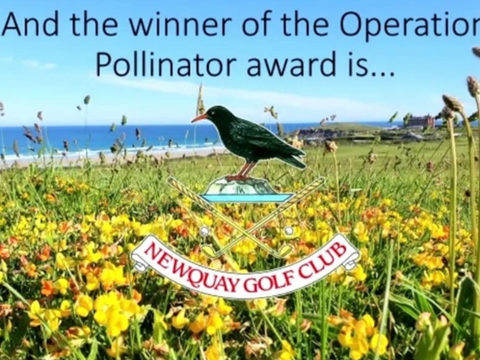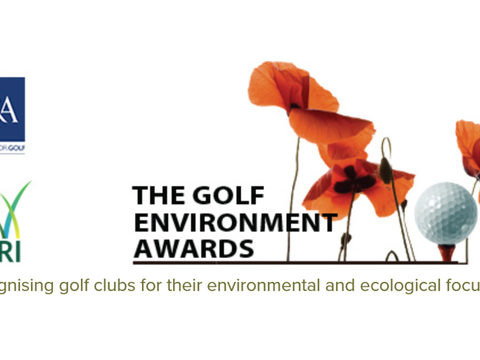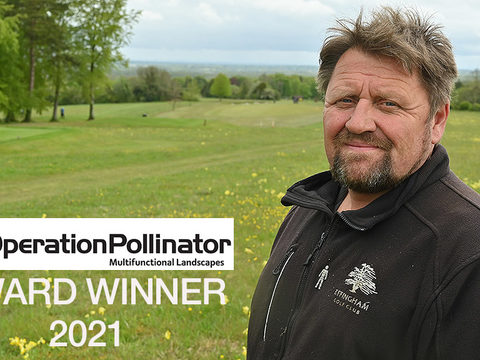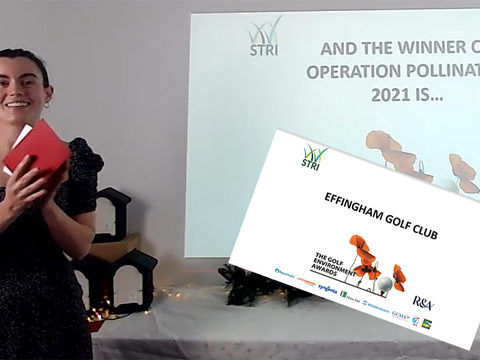Sunny spring flowers for early emerging pollinators
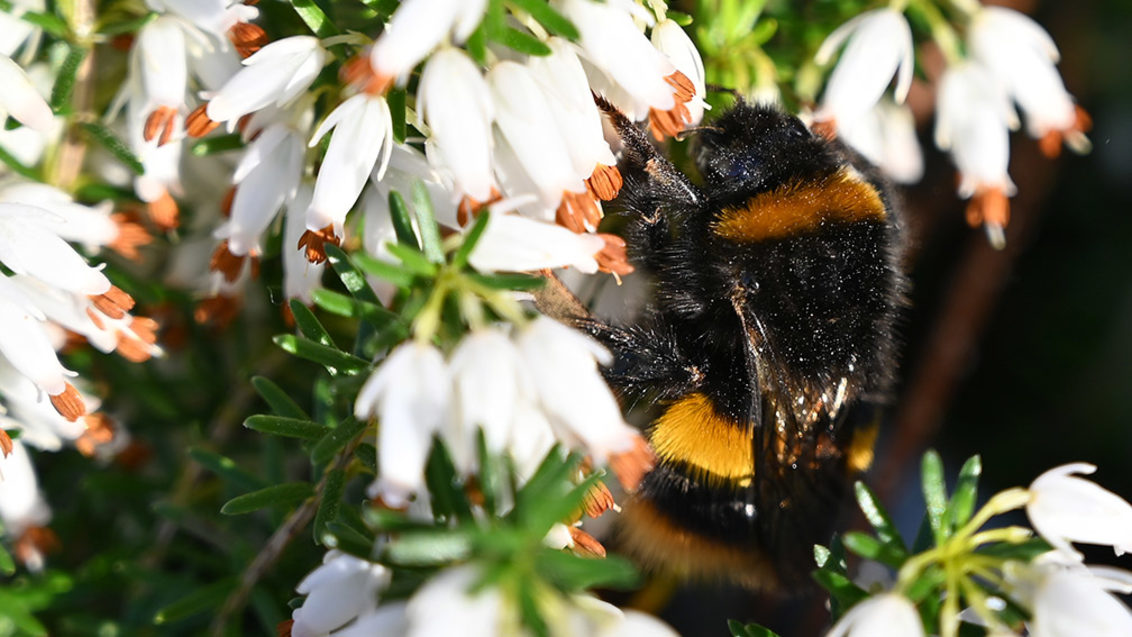
Whilst February weather records show it typically has the coldest day of the year, it is also the month when life starts to unfurl, and flowers start to appear, writes STRI Senior Ecologist, Sophie Olejnik.
Snowdrop, winter aconite and crocus will begin to bloom and provide early season pollen resources for bees awakened from their winter slumber.
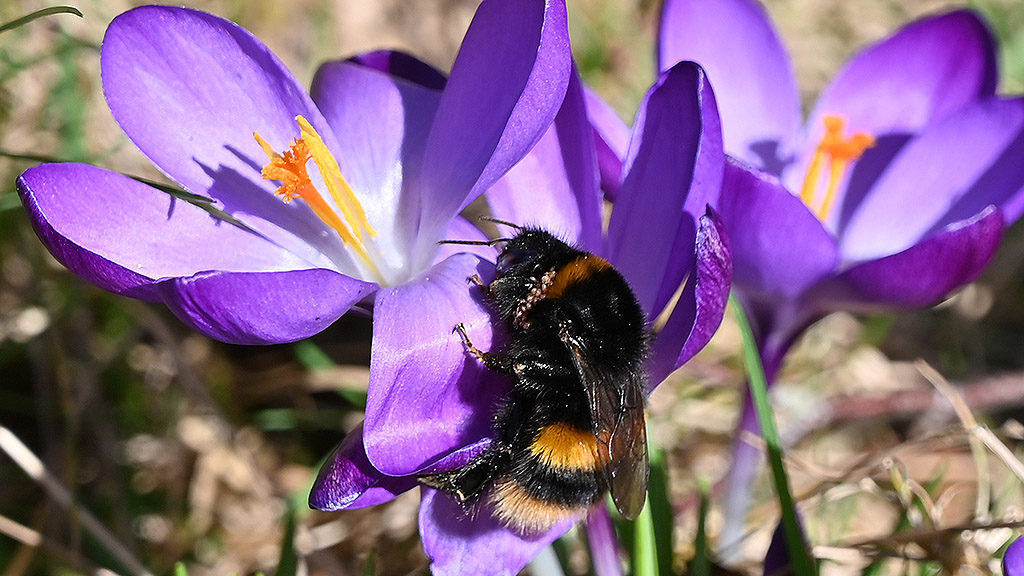
Pollen is the only resource these winter blossoms will supply, but crucially that is enough to fatten up bumblebees, honeybees, hoverflies and many other spring-emerging invertebrates.
Not only is pollen needed to provide a good meal - think of it as a Big Mac for you or I - but it also contains the proteins and fats needed to develop bumblebee ovaries for the production of new spring colonies.
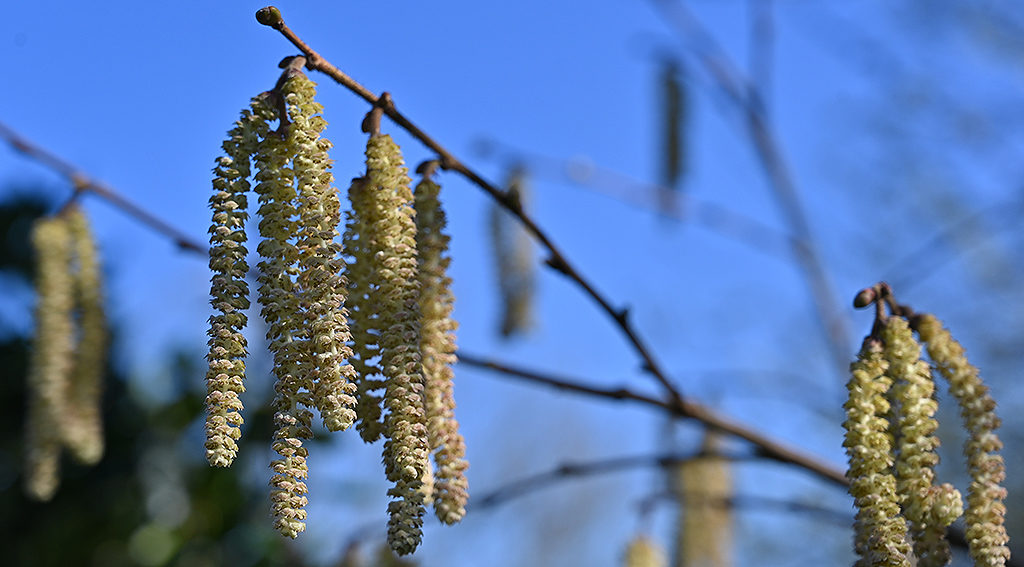
Other protein-packed February flowers include those of our native shrubs: willows and hazel. Not flowers per se, but catkins. Both willows and hazel are dioecious, meaning that the male and female reproductive organs are present on separate individuals.
Pollen is only produced by the male plants of these shrubs and is dispersed by wind from the powder-puff-like catkins that hang from their branches in late winter and early spring.
Blackthorn may also begin to flower this month, particularly if there’s a warm spell. Remember that hot week in February 2018? Interestingly, blackthorn flowers before it comes into leaf, unlike hawthorn whose leaves arrive before its flowers. Blackthorn can also provide a good nectar resource, giving a well-needed sugar boost to hungry pollinators.
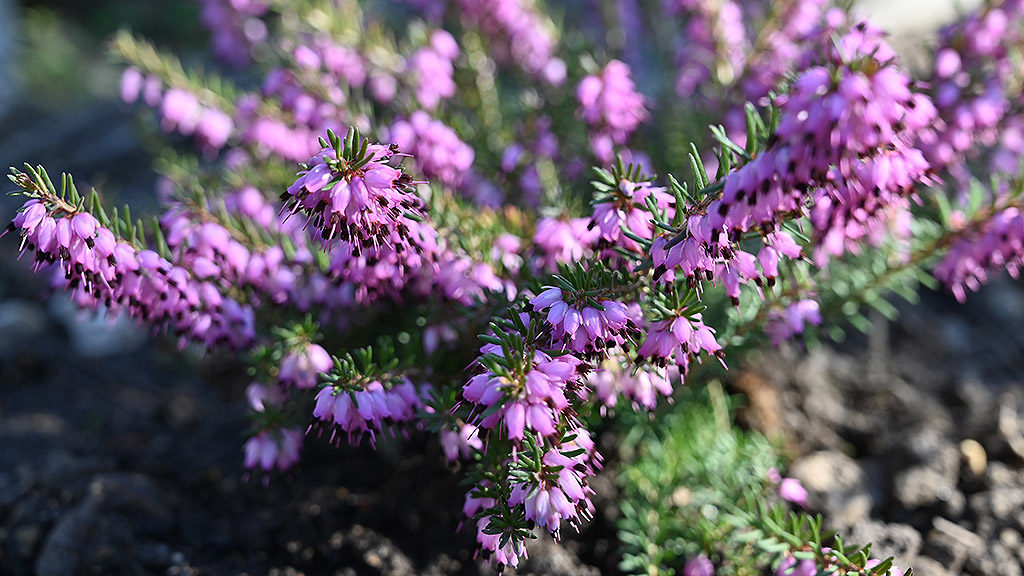
As mentioned in our Jobs for January article, now is a great time of year to plant whips of these shrubs, allowing them to grow throughout the year and perhaps form a dense hedgerow in the years to come.
Why not consider this as part of your ongoing Syngenta Operation Pollinator project?
The pollinator benefits of hedgerows and clusters of scrub are endless, providing year-round resources in the form of food, water and shelter. Even better if you can establish them alongside existing, or new, wildflower grassland areas.
It may be cold out there, but you'll get an inner warmth from the knowledge you are helping out pollinators and other insects that will boost biodiversity across the course.
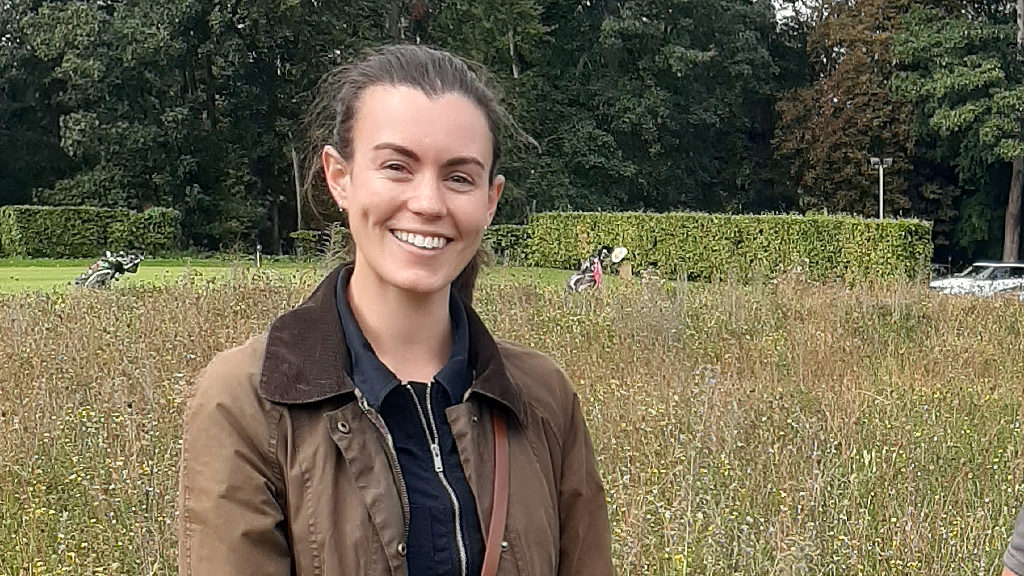
Sophie Olejnik is Senior Ecology and Environment Consultant with STRI. She also manages the Golf Environment Awards. Click here to find out more.


